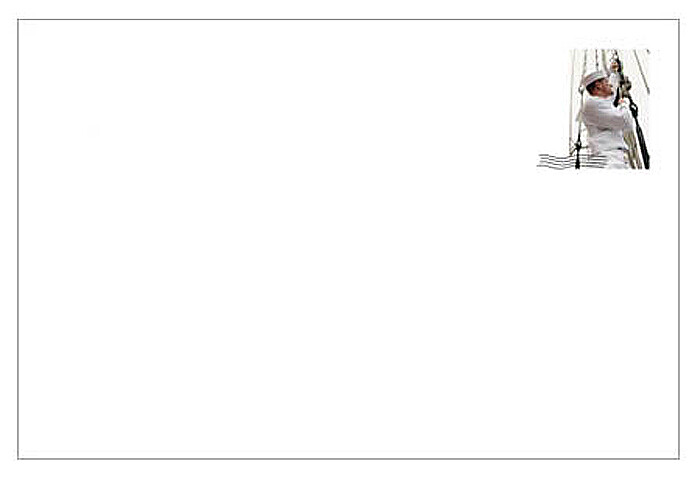All of the signifiers are already there: a postage-stamp image of a sailor in full sailor garb hoisting a mainsail, the stylized trace of its having already been posted, the otherwise blank postcard just waiting to be filled with some carefree lines about warm summer evenings. It’s the invitation to Nairy Baghramian’s latest exhibition at Galerie Buchholz, Cologne, “Fluffing the Pillows,” and the show has already begun while puzzling over this printed matter. Like the invitation, the entire show is replete with tropes ripped from their familiar setting and thrown into a rough conceptual sea of references.
Entering the first space of the gallery’s two venues, we are immediately confronted with News Rack (Boat Magazine) (all works 2012). It’s a news rack, yes, but an elegant one at that, and there’s a magazine displayed in its clutches. The magazine itself turns out to be a slyly playful exhibition catalogue printed for Baghramian’s Kunsthalle Mannheim show under the auspices of the 2012 Hector Prize. Combining theoretical essays and installation views of her work in the guise of an upscale boating magazine, the piece serves as a guideline for the heady work required of visitors to the Cologne show. Facing News Rack (Boat Magazine) is the first “mooring,” an oversize yellow cast-aluminum hook, installed on the gallery’s wall. This piece is only part of a group seen in the gallery’s less sparsely installed second venue.
Also, there are Mooring II (hanging), Mooring III (hanging), and Mooring IV (hanging), all yellow aluminum sculptures, hung and displayed singularly on the gallery’s walls. These objects, like the magazine, play on dual denotations as they are both what they are, that is, forms providing a means of securing a ship, and what they are not, for we are in a gallery space where such tools are removed from their context and, thus, conferred into a symbolic realm. Or, as the magazine both comforted us with its familiar, condescending appearance as a lifestyle magazine and yet was something else entirely, we are perhaps meant to interpret these guideposts in the conceptual flux of the art show itself.
The second of the Galerie Buchholz venues contains the rest of the group Fluffing the Pillows B (Mooring, Gurney, Silos). Baghramian’s “gurneys,” however, are chrome poles that both contrast visually and support the materiality of the “silos”—awkward, pillow-like sacks, stuffed with both soft and solid materials. The tension between the soft-looking structures and their massive presence, along with the show’s title and our inability to touch the works or actually fluff them, builds up to a confrontation that makes these silos the locus of the show. On the surface, Baghramian’s pieces are highly minimalistic; but the work titles, the utilization of the gallery space, and the tongue-in-cheek engagement with the world of leisure boating make for a variety of works whose agenda is anything but obvious. The silos, again echoing their real-world application as containers, here act as a depository for the dense conceptual activity these works produce.
Ropes are drawn around the groups to connect them and aesthetically refer once more to the naval sphere in which we remain afloat. Finally, two further groups complete the show: Fluffing the Pillows A (Mooring, Gurneys, Silos) and Fluffing the Pillows C (Gurney, Silo). In addition to these is another singular piece, Mooring I (standing), set apart on the windowsill.
This self-sufficient (minimal) art object serves as a representative structure for both the artist’s modus operandi and for the exhibition itself: its form calls to mind an anchor, its title links it to a specific use, and the gallery space contextualizes it as a minimal object. And yet, Baghramian’s pieces do not simply contain all these aspects but, rather, the work’s discursive power is unfolded in a rapid flow, an oscillating flux of signification via materiality, meaning, and curation.




